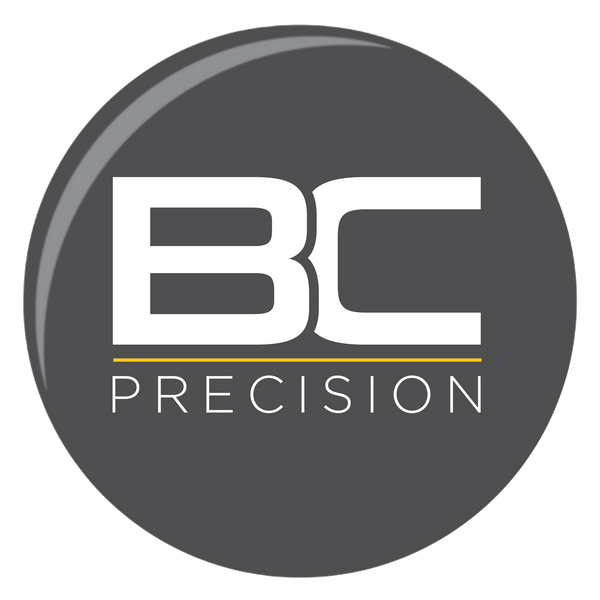Maintaining the Quality of Precision Balls: A Guide to Handling, Storage, and Cleaning
Precision balls are vital components in various industries, requiring exceptional levels of accuracy and performance. To ensure these critical components remain in optimal condition, proper handling, storage, and cleaning are essential. Here's a guide to maintaining the quality of precision balls and maximizing their lifespan:
Handling:
- Minimize contact: Avoid direct contact with bare hands, as skin oils and contaminants can affect surface properties. Use gloves or clean handling tools.
- Gentle handling: Avoid dropping, bumping, or subjecting the balls to excessive force or vibrations.
- Use proper tools: Utilize appropriate tools designed for handling precision balls, such as tweezers or vacuum grippers.
- Prevent contamination: Avoid exposing the balls to dust, dirt, chemicals, or other foreign materials.
- Maintain a clean environment: Ensure the workspace and handling tools are free from contaminants.
Storage:
- Suitable containers: Store the balls in clean, non-reactive containers made of materials like polypropylene or polyethylene. Avoid metal containers that can corrode or scratch the balls.
- Temperature control: Maintain a stable and controlled temperature environment. Avoid significant fluctuations in temperature and humidity, which can lead to condensation and rust.
- Desiccant packs: Consider using desiccant packs inside the containers to absorb moisture and prevent corrosion.
- Labeling: Clearly label the containers with the type, size, grade, and date of receipt of the balls.
- Organized storage: Store the containers in a secure, organized manner to prevent damage and facilitate access.
Cleaning:
- Frequency: Clean the balls regularly, especially after handling or exposure to contaminants.
- Cleaning method: Choose the cleaning method based on the material and application of the balls.
- Ultrasonic cleaning: For high-precision balls, ultrasonic cleaning in a suitable solvent is recommended. Ensure proper drying after cleaning to avoid corrosion.
- Solvent cleaning: For less sensitive balls, cleaning with appropriate solvents can be effective. Choose solvents compatible with the ball material and application.
- Avoid harsh chemicals: Never use harsh chemicals or abrasives, as they can damage the surface of the balls.
- Thorough rinsing: Rinse the balls thoroughly with clean water after cleaning to remove any residual solvent or cleaning solution.
- Drying: Ensure the balls are completely dry before storing or using them. Use clean, filtered air or lint-free cloths for drying.
Additional Tips:
- Inspect regularly: Regularly inspect the balls for any damage, wear, or contamination.
- Replace damaged balls: Promptly replace any damaged or worn balls to prevent malfunction or further damage to other components.
- Maintain proper documentation: Keep a record of cleaning, inspection, and replacement activities to ensure traceability and maintain quality control.
By implementing these simple yet effective practices, you can help prolong the life of your precision balls and ensure they perform at their peak for years to come. Remember, proper handling, storage, and cleaning are crucial for maintaining the exceptional quality and functionality of these critical components.
